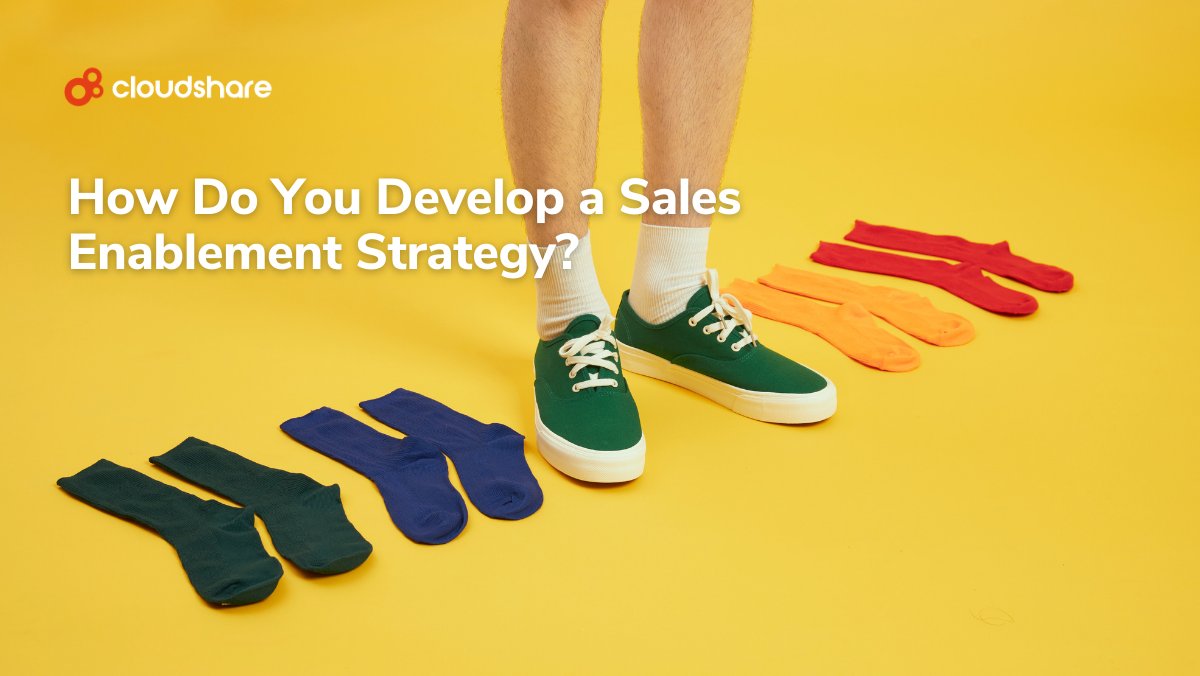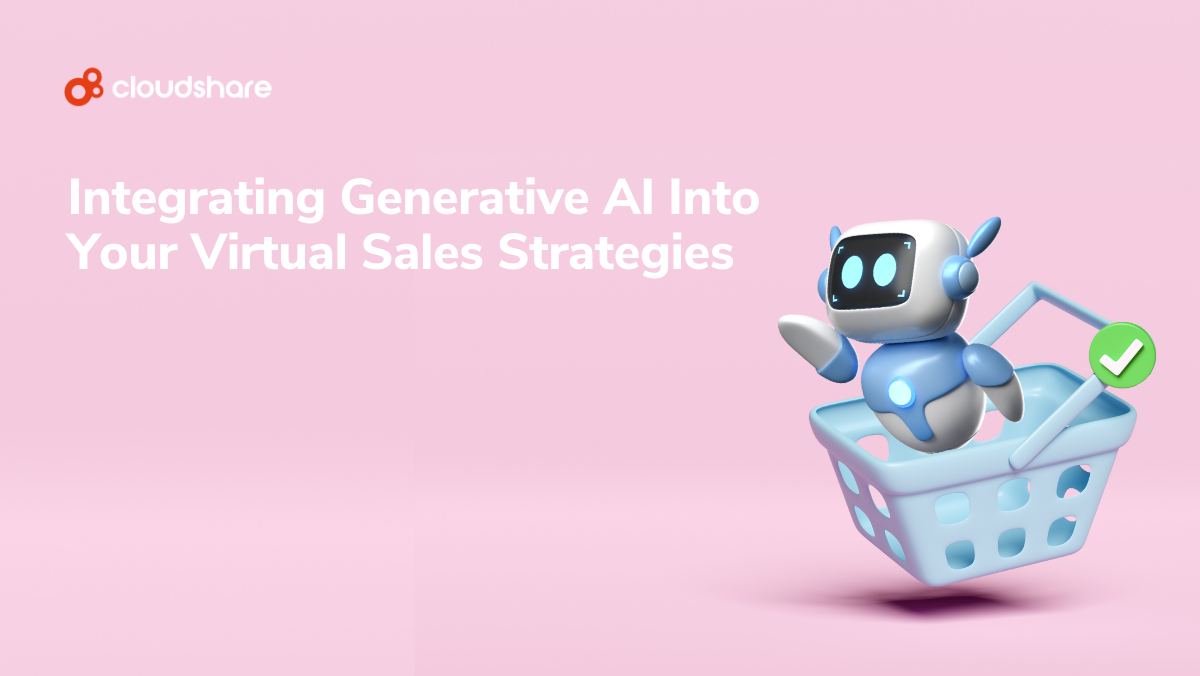Glossary
SaaS Sales Funnel
Convincing someone to buy something from you is all about building trust first. And trust requires time and effort to establish. The SaaS sales funnel encompasses all the steps and strategies businesses use to make themselves known in the market and encourage interested people to become paying customers in the long term.
Even though converting leads into sales is a challenge for almost all organizations, only 3 out of every 10 companies have even attempted to measure a sales funnel. Learn more about this important concept in SaaS marketing.
What Is the SaaS Sales Funnel?
Also known as the SaaS marketing and conversion funnel, this selling process involves multiple stages all geared towards building awareness of your brand, getting your offerings into the minds of your target audience, pushing for conversions, and even continuing the work after the first sale.
Compared to other short-term strategies in the eCommerce space, SaaS sales funnels intend to build trust over time by showing how a company’s specific product or service can solve the particular pain points customers are facing.
Why Is the B2B SaaS Sales Funnel So Important to Understand?
The sales funnel can be an incredibly impactful strategy for SaaS marketing teams to adopt, but it requires you to follow along at every stage of the customer journey. At any point, a potential buyer can ditch the funnel for any reason and end up not making the final sale.
Luckily, the customer journey is yours to control. All you have to do is understand the stages of the funnel and have the right staff members on hand who know how to guide potential buyers through them.
What Are the SaaS Sales Funnel Stages?
The marketing cycle doesn’t end once you get someone interested nor even when the final sale is made. For most organizations in the B2B SaaS market, you’re looking at a few main stages of the typical sales funnel that you must engage with regularly.
Raising Interest
People are first exposed to brands when they are experiencing a problem and are looking for solutions. What those solutions are might not be evident just yet, but this point is the best time for you to make your entrance.
Jump start this stage by raising interest. For instance:
- Invest in search engine optimization (SEO) tactics to ensure your web page ranks highly in search results.
- Find more exposure by investing in marketing events or public relations activities.
- Stick with the classic marketing push by paying for advertisements and promoting your content.
Whether your brand is mentioned by word of mouth or comes up in a Google search, achieving the first contact is the first major step of the SaaS sales funnel.
Engaging Potential Buyers
The customer has officially clicked on your website link for the first time and might be reading some blog posts, going through your product pages and web copy, or even signing up for an email newsletter. This stage is your chance to establish yourself as a credible resource in the industry. Your job here is to:
- Provide the right type of content to educate visitors on how your brand can help them with their pain points. Product or service information is common here.
- Monitor how these people are interacting with your content. See which blog posts they read, which emails they open, and what web pages they are most interested in.
- Direct visitors to specific SaaS features that appeal the most to them.
The engagement stage of the sales funnel is often the longest one, as trust takes a long time to establish well. Luckily for you, most people in this stage are already somewhat interested in what you have to offer.
Bringing Up Value
People are only interacting with your business at this stage if they believe that you have a product that can provide value to them. A critical moment in the SaaS sales funnel is showing off the benefits of what you have to offer, which can be done with any combination of the following:
- Customer testimonials
- Reviews
- Case studies
- A free trial of the software
Get your sales team ready for direct contact with potential clients, who might ask for quotes or advice on which tier of service or feature set that best matches their circumstances.
Converting
Here’s the most exciting stage for most marketing teams: the sale. But the sales funnel does not end after the payment goes through, especially for the SaaS market where recurring subscriptions are the primary source of income.
To extend your sales funnel strategy into the long-term and ensure that paying customers stay that way, take some steps to focus on customer retention in addition to acquisition.
- Ask for feedback directly by sending out satisfaction surveys about your products and services.
- Allow users to opt-in to beta versions free of charge. You might have seen this tactic deployed by SaaS companies before not only to test new features but also to give additional value.
- Keep everyone updated through newsletters or insightful content on industry trends and patterns.
Of course, the classic promotional discount to previous customers can always do wonders for retention rates.
Why SaaS Sales Training Is Crucial to Your Sales Personnel
No two software suites are the same. No two customers are quite the same. And no industry stays static in the long-term. For these reasons, the sales cycle will always change for SaaS vendors. Businesses need to keep their staff up-to-date on SaaS sales strategies to perform well in competitive markets.
Sales enablement training matters because you want your representatives to communicate effectively the features and selling points of your software. Otherwise, there will be no reason for the interested client to move on to the next stage in the funnel, and you end up losing that revenue as a result.
That training needs to be ongoing as well to match up with evolving consumer needs and industry developments, as well as updates to your own service. But the problem is that not all companies have the budget or time to invest into regular training sessions, so most of them turn to a SaaS training platform.
The Benefits of Knowing Your SaaS Sales Funnel Metrics
Data, and specifically the actionable insights you draw from it, is the key to knowing how effective your efforts are. By monitoring and analyzing the metrics below, you gain an understanding of what’s working and what needs work.
- Revenue: The most obvious figure to start tracking is the change in your revenue. How has it changed compared to last month or quarter? How has the income changed relative to the expenses?
- Acquisition Cost: How much did the sales funnel cost for you for one customer? Acquisition cost measures the expenditure of turning a lead into a buyer, and the profitability of your funnel depends on it.
- Turnover: Since SaaS products are typically sold as recurring subscriptions, what percentage of your users are abandoning your brand? This figure, sometimes known as customer churn, is always going to be present, though it’s clearly in your best interest to find ways to reduce it.
- Lifetime Value: Expressed as the shorthand LTV, lifetime value is exactly what it sounds like: the grand total amount of money a customer brings to your company.
- Conversion Rate: It’s not uncommon to measure conversion rate for each individual stage of the sales funnel so that you can know which phases require the most attention. New product offerings and marketing techniques can have an impact on conversions, so keeping track during these transition periods is paramount.
- Net Promoter: The net promoter score ties into customer satisfaction and measures how likely current buyers are to recommend your products and services to others. Collecting survey results and comments in this regard helps to build customer loyalty and ensure a positive reception in the industry as a whole.
Take advantage of SaaS sales funnel metrics by treating them like key performance indicators (KPIs). Have a standardized process for recording and assessing them to help you make smarter business decisions in the future and boost profitability continually.


